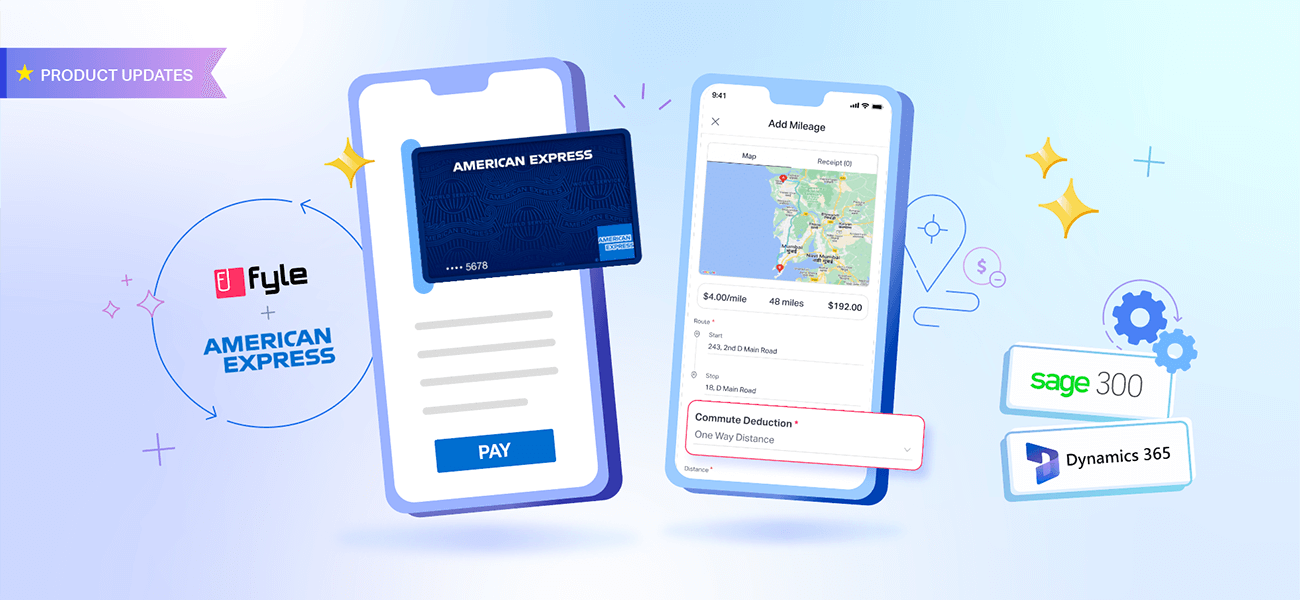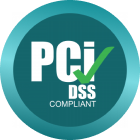If you or your employees travel for business, you may be eligible for per diem reimbursement to cover some of the costs associated with your important dealings.
The term "per diem" is Latin for "per day" and means that you can receive expense reimbursement for some basic travel-related expenses and request them on a daily basis.
Per diem basics
Per diem covers a few basic things, including meals and incidentals. This means that breakfast, lunch, and dinner are reimbursed as well as things like dry cleaning, laundry, and even any tips your employees may pay to service workers.
The rate of per diem varies and is dependent on location. For example, larger cities will typically set a maximum per diem rate of $76 for meals and incidentals. Smaller cities usually fall within the range of $56 to $71, and places that see business travel even less frequently have a minimum tier rate of $55.
Protip: When it comes to lodging, the per diem rate covers overnight stays in hotels, resorts, inns, or motels. It can even cover the cost of apartments for people staying somewhere long term.
The per diem rate for lodging is separate from meals and incidentals and can vary greatly depending on the area. Big cities like Atlanta or Chicago will have higher reimbursement rates, while more remote areas will offer less for lodging reimbursement.
UPDATE: Click on the banner below to learn about International Per Diem Guidelines for 2020

Per diem and location
The rates for per diem are based on the specific area's cost of living. This means larger cities like New York or Los Angeles will have higher reimbursement rates. Non-metropolitan areas will dole out a lower rate, mainly because the cost of goods and services is typically lower.
Rates for lodging also vary depending on the month. This is in relation to the current supply and demand. In the summer, reimbursement rates will likely be a bit higher due to high demand.
However, in New York, the highest lodging per diem rate is in the autumn since this is the time of year when most tourists arrive to visit. All per diem rates are updated annually, and they become effective on October 1, which is the first day of the fiscal year for the US federal government.
SUGGESTED READS:
How to effectively track Per Diems in an expense report form?
What are the tax rules for per diems?
Is Per Diem taxable?
Since any per diem payments your employees receive are not considered wages, they are deemed non-taxable by the IRS. However, to avoid paying tax on per diem, the payments have to meet some conditions:
- If the payment is larger than the allowable federal rate, they will be subject to taxation. If employees don't submit an accurate expense report, per diem payments will also be subject to tax.
- For expense reports that are lacking pertinent information, the IRS can request that those per diem amounts be taxed. Essential items like the date, time, place, amount, and business purpose of all expenses must be shown on a daily per diem expense report.
- If an employer provides per diem to employees without requesting an expense report, those rates will also be taxed. This money will be considered wages and will be subject to the standard income tax withholding and payroll taxes.
- When an employee reports per diem to the IRS, it will be included in the standard W-2 form. For instances where the per diem rate is over the allowable federal rate, only the excess amount will be taxed as wages.
- It's imperative to create a thorough, standardized expense report for all employees who travel on business. Make sure that all receipts are saved and submitted along with each report. Emphasize to your employees that to avoid their per diem being taxed, they must submit these expense reports each day or week.

Important Per Diem Facts
- For every expense and per diem report submitted, a log of information must be included to support all travel and related expenses. This log should consist of the number of days traveled for business, where the employee went, and the exact business purpose for each trip.
- In some cases, employees may have to travel for an extended amount of time that lasts longer than one year in a single location. For those instances, the employee may not be eligible for tax exemption under the current IRS per diem rules.
- Before sending anyone on a business trip, consult with a tax professional who can help you navigate the current guidelines. Some people may also ask if they can accept per diem instead of a higher salary. The answer to this is no since you cannot create a per diem policy that allows wages to be labeled as something else.
- You may wonder if meals and expenses are deductible for one overnight stay or an extended business trip. As long as you use the "actual cost method" and keep all receipts, this should be acceptable to the IRS.
- The standard meal allowance is the current per diem rate according to location and the GSA. You can look up the rates by going to the GSA website for more information. It's important to note that lower rates will apply to your first and last day of travel.
- If an employee uses their own personal vehicle for business travel, they will be reimbursed via the current IRS mileage rate.
Payments for Per Diem
If your business requires employees to do extensive traveling, per diem can be extremely helpful. Your employees could incur hundreds or even thousands of dollars in expenses each year, so good records must be kept.
It's up to you how you want to pay for these expenses. In many cases, companies opt to issue official corporate credit cards that allow employees to pay for everything up front at the cost to the company.
Other companies might prefer to have their employees pay for business travel expenses out of pocket. Then, an expense report will be submitted, and the employee will be repaid via their next paycheck.
SUGGESTED READS:
How to choose corporate credit cards for employees
Per diem rates for business travel expenses
Some businesses prefer to pay a set rate for travel, meals, and incidentals. This fixed rate can be integrated as part of the company's per diem policy.
Not all companies are the same, so it's up to your business as to how you want to handle per diem payments. As long as these payments partially or fully cover business-related expenses, they can be beneficial to everyone involved.
Remember that a partial per diem may be used to cover meals only, while lodging and other incidentals could be paid out of pocket by the employee. Whether you include the reimbursement via check, add it to the employee's pay, or give them a company credit card, all per diem payments must be submitted to the IRS at the end of the tax year.
As long as the cost of per diem is lower than the GSA guideline amount, no receipts are needed. However, if costs exceed this amount, proof will need to be given to show the overage for tax purposes.
SUGGESTED READS:
The perfect solution for effectively managing per diem expenses
How Fyle helps track Mileages & Per Diems efficiently
You can make things easier by using an expense management software designed to track receipts and expenses. This software will give everyone a central, streamlined place to record everything they need for per diem reimbursement.
Your HR department should keep up-to-date with any changes that the IRS may make in regards to per diem. Use the GSA website as a guide to help you determine your reimbursement rates based on location.
Once you understand how per diem works and how to reimburse your employees, business travel can be an easy, streamlined process. Just make sure that everyone uses an expense report so that all records are kept for each business trip.
Traveling on business can be stressful, but you can reduce that stress with good record management. Check with your business tax professional if you're ever in doubt about the current per diem IRS policies.
Travel in confidence
Once you understand the IRS per diem rules, you can easily issue payments to your employees for their business travel expenses. Check carefully for the current rates based on each location so you can avoid taxable wages whenever possible.
If you need help, try software programs to make the receipt tracking and expense reporting process much easier for everyone.
Visit our website to learn about the features we offer that can help your company track, automate, and analyze business expenses and be sure to schedule a demo today!











